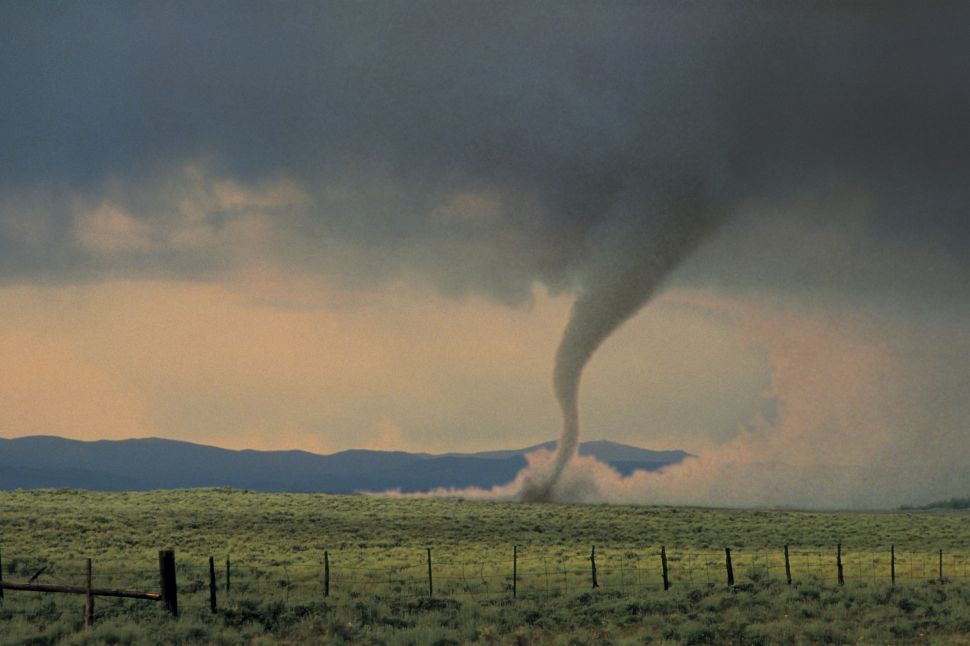The world of finance is developing very rapidly today. New technologies appear, and trading has become more sophisticated. Nevertheless, though weather changes have a critical influence on practically every aspect of our lives, and especially on commodity markets, they remain highly underused. Ignoring the full potential of weather data in financial decisions can cause traders or asset managers significant losses. Investors need to adapt to this new reality, think like climate scientists, and learn to analyze meteorological data while accounting for its market impact to stay competitive and advance.
Weather as a key driver of market volatility
At first glance, the connection between weather and commodity markets seems obvious. Crops depend on rain and temperature, and frosts can destroy crops. But this can be more challenging than it appears. As for now, the climate has become more unpredictable. Previously, disasters, such as sudden droughts or frosts, were rare. But today, these events are more frequent, causing significant price fluctuations. Volatility in commodity markets has surpassed even cryptocurrency fluctuations. As a clear example, since 2020, commodity prices have dramatically increased, sometimes in a very short time. The reasons behind this surge are problems with supply chains and the increasing frequency of extreme weather events.
Why weather data alone is ineffective
More than meteorological data is required for successful trading. We have to be able to interpret weather information competently. Knowing the temperature or humidity level in a region is just the very starting point. The real advantage will come if you understand how these affect yields, supply chains, and final prices.
One real-life example of benefiting from weather models in the market is the situation with the coffee market in Brazil in August 2024. What has happened is that news of the upcoming frost pushed coffee prices to rise by 8–9 percent. But the problem was that those were only the rumors. Weather models showed that the risk of frosts was minimal, as temperatures in Minas Gerais (the region of Brazil) rarely drop below 10°C at that time of year. Consequently, traders with this model data benefited from a correct situation assessment. Some of them opened short positions and made profits when the market returned to previous levels.
Another example is hurricanes on the Gulf Coast. With the help of satellite data GFS models, we can evaluate the extent of damage to LNG production and transportation. As a result, its impact on gas prices in Asia and Europe can also be calculated. Only based on this detailed assessment can correct investment decisions be made and fruitful results in volatile markets be brought.
Risk management from the other angle
Financiers cannot do it without the help of advanced models. These tools need to match data on weather conditions and economic factors. To do so, traders can, for example, employ Monte Carlo simulations. This tool predicts the likelihood of climate events and their impact on prices. For instance, the probability of a drought reducing corn yields and its corresponding price fluctuations can also be calculated with the Monte Carlo model.
Scenario analysis also finds itself useful in weather data interpretation. These allow the assessment of various weather conditions’ impact on markets using historical data and forecasts. This is especially useful for analyzing long-term risks such as desertification or changes in climate cycles. Objective rules can also be a tool. Strict formalization of relationships between weather variables and commodity prices makes predictions more reliable and applicable in actual conditions.
An example of a situation where one of the mentioned strategies could have been useful and prevented risks is a real drought linked to the El Niño phenomenon. The anomaly caused a significant reduction in Robusta coffee production in Vietnam in 2023.
Given the examples considered, it becomes clear that modern climate changes require a new approach to investing in commodities. To adapt to the new reality of very elevated volatility, investors must think like climate scientists to adapt to growing market volatility. Complex models that combine meteorological and economic variables are also becoming best friends for traders. Those who learn to extract value from this data will lead the market in the future, turning climate anomalies from threats into sources of new opportunities.

